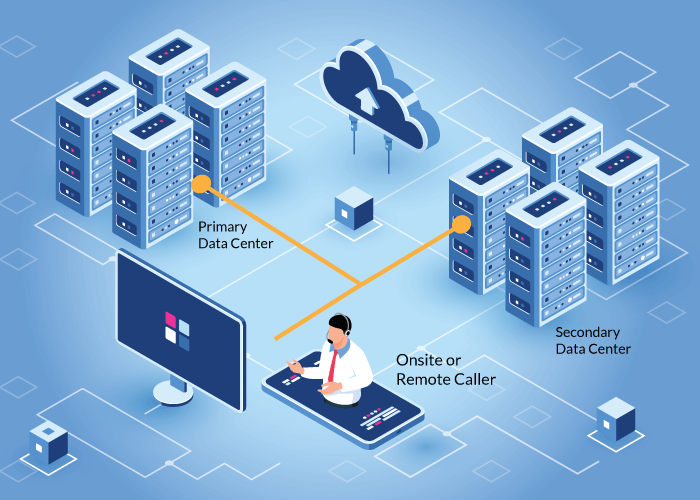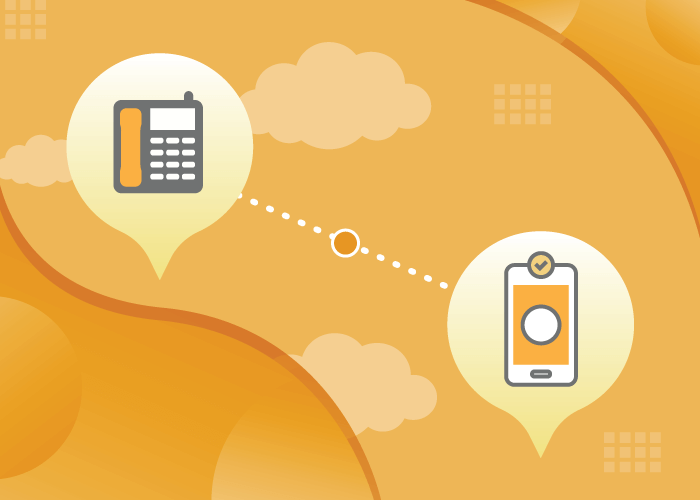When you have a mobile phone connection, you know you’re going to have to resort to calling customer service at some point. It could be for information related to your account or for help with an issue, but what you always seek from your wireless carrier is prompt and accurate service. However, when it comes to customer service, mobile carriers usually rank the lowest out there.
Mobile service providers have earned a bad name for their lousy customer service. Poor network and high tariffs aside, mobile service providers are often known to be rude and ill-tempered. Although, that scenario seems to be changing, as mobile companies are realizing the competition. Many have been upping their game in order to retain customers.
Every year, mobile providers are ranked according to the quality of customer service they provide. The ratings keep changing every year, based on the feedback from customers. This year’s survey proves that humans are still more popular than AI-powered robots. Mobile companies, who use robots or other means of automatic customer service, are found to be artificial and less personal by customers. As a result, they tumble in the rankings.
Let’s take a look at the five mobile companies ranked from best to worst according to customer service.
1. Verizon
Verizon is one of the largest mobile carriers with over 147.2 million subscribers. What makes this company so highly rated is its network coverage and reliability. Aside from that, Verizon ranks as having the best customer service among all major carriers. Online support, social media, and phone communication are some of the areas aced by Verizon. They also have a vast range of online resources that answer all questions customers may have about a phone or service.
2. T-Mobile
The country’s third largest mobile carrier right now, with over 73.9 million subscribers, T-Mobile is a strong contender to Verizon. Not only is the service fast and reliable, but the customer service is also decent. The customer service representatives are prompt and helpful, but there are a few issues that keep the company from the top spot. The links to helpful resources on the website are hard to locate, and the representatives often make their responses difficult to understand.
3. AT&T
What made AT&T tumble on the list is the use of automated operators. Customers prefer talking to a human being, and their use of AI automation tools are deemed too artificial by customers. To their benefit, AT&T has a website full of helpful resources where customers can find answers to questions. AT&T is one of the strongest mobile carriers in the country, with over 136 million subscribers.
4. Cricket
Cricket is one of the best prepaid carriers when it comes to customer service, owing to a very helpful website. It is also one of the few carriers to provide an online chat system. Cricket is also responsive – albeit, brief – if you ask questions on social media.
5. Sprint
Finishing at the fifth spot is Sprint, with over 60 million subscribers. In terms of customer service, the company is helpful, responsive, and easy to reach, both through email and on social media. What keeps it from the top spot is the fact that Sprint representatives are known to continuously provide inaccurate information.
The Importance of Customer Service
Customer service forms an essential part of every business. But not every business thinks “the customer is always right.” Not every company is concerned with customer satisfaction, yet it’s those who don’t put profit over the customer’s experience are the ones who ultimately succeed in this competitive market. Consider Verizon’s success in being the most popular service provider.
Any business that is serious about succeeding knows the importance of solid customer service. It’s about treating your customers like one of your own. Top-notch customer service just doesn’t happen when your only aim is extracting more money from your customers. It happens when you go out of your way to provide your customers with a little extra every time.
There are a number of reasons why customer service is so important to a business. Some of them are:
Customer retention is less expensive
Compared to customer acquisition, retaining customers is far less expensive. There are a number of expensive strategies involved in generating new business, but existing customers can easily be retained by providing excellent customer service. Even if your products are expensive, your customers will stay if they get quality service. It is very hard and expensive to get new customers, and a business should do whatever it takes to retain them.
Customer service builds trust
When you hold a track record of providing great customer service, you build the reputation of being a company that values its customers. These days, people will stick with a company only if they have good reason to. If they are dissatisfied with one business, there are many others they could easily move to. As a result, businesses have to work harder to keep customers and build trust in the brand. Quality customer service could be the key to customer loyalty.
Customer service reduces problems
When customers are dissatisfied with your service, a number of problems can arise. You will get a barrage of complaints from all corners, you will probably earn bad reviews online, and even legal cases. When you provide excellent customer service, take your customers’ feedback to heart, and solve their issues quickly, there will be far less problems for your business. Customer service prevents friction between a business and its customers, ensuring both parties remain happy.
Word-of-mouth advertising
Customer service results in word-of-mouth advertising for your business, and it’s something money cannot buy. When customers have a good experience with your company, they are more likely to recommend it to others. This results in new customers for your business, who are more keen to trust your business, simply by the power of word of mouth. This proves there really is no end-point for great customer service; you have no way to gauge the long-lasting effects!
Customer service increases the life of a business
With quality customer service, a business will keep generating new customers. When a business keeps getting new customers, while retaining the existing ones, the longevity increases and the business can last for years.
It is true that mobile carrier customer service has always had a reputation for being below the mark, but with rising competition, companies have realized they need to work hard to keep their customers. Some mobile carriers have been ahead of the game when it comes to providing great customer support, and they are reaping the benefits. For others who haven’t, hopefully they will up their game in order to remain in business and alongside their competitors.






